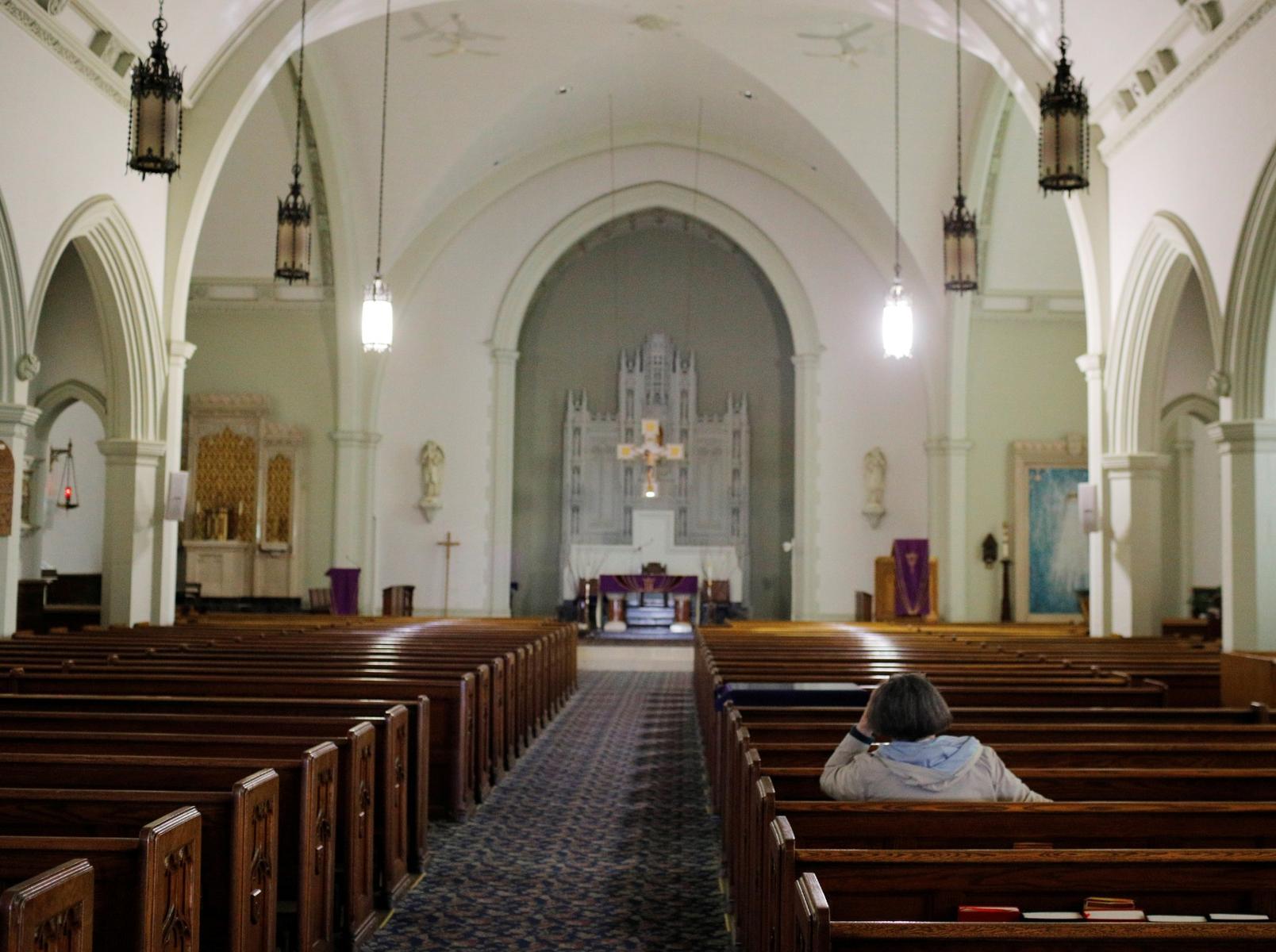Building certification and life cycle assessment are two important concepts that are closely connected. In this article, we’ll explore the relationship between building certification and life cycle assessment and why it’s vital for building owners and developers to understand this connection.
Building Certification
Building certification is the process of obtaining a certificate of occupancy or a building permit from the local government. The certificate of occupancy is issued by the building department and indicates that the building is safe and suitable for occupancy. This certificate is usually required before the building can be used for its intended purpose, whether that’s for residential or commercial purposes.
Building certification is important for several reasons. First, it ensures that the building meets certain safety and health standards. These standards are put in place to protect the occupants of the building and to prevent accidents and injuries. Second, it ensures that the building is structurally sound and meets the requirements of the local building codes. Finally, it ensures that the building is built to withstand the elements and natural disasters such as earthquakes, hurricanes, and floods.
The process of obtaining a certificate of occupancy or a building permit can be lengthy and complex, and it’s important to work with a qualified professional who has experience in the building certification process. This professional can help you navigate the process and ensure that your building meets all the necessary requirements.
Life Cycle Assessment
Life cycle assessment is a comprehensive approach to evaluating the environmental impacts of a building or a product over its entire life cycle, from raw material extraction to disposal. This approach considers the entire life cycle of a building, including the materials used in construction, energy use, water use, and waste management.
Life cycle assessment is important for several reasons. First, it helps to identify the environmental impacts of a building and can help to reduce these impacts over time. Second, it can help to identify opportunities for energy and water efficiency, which can result in cost savings over the life of the building. Finally, it can help to identify opportunities for waste reduction and recycling, which can also result in cost savings and environmental benefits.
The Connection Between Building Certification and Life Cycle Assessment
Building certification and life cycle assessment are closely connected because they both address important aspects of building sustainability. Building certification focuses on the safety and structural soundness of a building, while life cycle assessment focuses on the environmental impacts of a building over its entire life cycle. Both are important for building owners and developers to consider when planning and constructing a building.
One way that building certification and life cycle assessment are connected is through the use of sustainable building materials. Building certification programs such as LEED (Leadership in Energy and Environmental Design) and BREEAM (Building Research Establishment Environmental Assessment Method) require the use of sustainable building materials, which can have a positive impact on the environment over the life of the building. Life cycle assessment can help to identify the environmental impacts of different building materials and can help building owners and developers to choose the most sustainable options.
Another way that building certification and life cycle assessment are connected is through energy efficiency. Building certification programs often require buildings to meet certain energy efficiency standards, which can reduce the environmental impacts of the building over its life cycle. Life cycle assessment can help to identify opportunities for further energy efficiency improvements, which can result in additional cost savings and environmental benefits.
Finally, building certification and life cycle assessment are connected through waste reduction and recycling. Building certification programs often require buildings to implement waste reduction and recycling programs, which can have a positive impact on the environment over the life of the building. Life cycle assessment can help to identify opportunities for further waste reduction and recycling, which can result in additional cost savings and environmental benefits.




